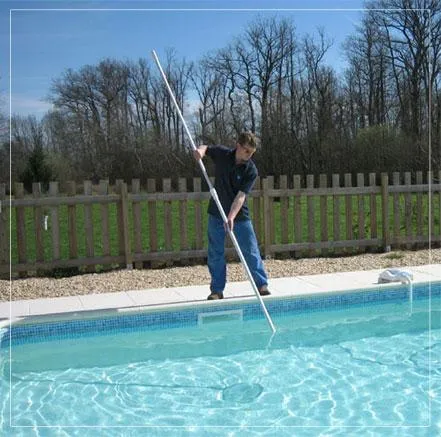July 7, 2022 by HQ Pools

First, let’s address the misconception of what a saltwater pool is. While salt is used to disinfect the pool water, it’s nothing like ocean water. Ocean water has salt levels of about 35,000 ppm, while water in a saltwater pool hovers somewhere around 5,000 ppm.
To disinfect a saltwater pool, you simply pour regular table salt into your pool, stir it around, and the salt chlorine generator will turn the salt into chlorine
SALTWATER IS GENTLER ON YOUR BODY & CLOTHES
If you’ve spent a day in a traditional chlorine pool, you know how irritating it can be. Your eyes are red and itchy, and you may develop a rash depending on how your skin reacts to it. After a while, your bathing suit’s colors start to fade. With a saltwater pool, the lack of chemicals makes it easier on your skin and clothes. This is due to the effect that salt has on water, which is that it softens it.
NO MORE STORING CHLORINE
With a saltwater pool, you can finally use that space in your storage shed for something besides chlorine. Not only does it take up space, but it can be dangerous to have on hand if you have children or pets. The salt chlorine generator takes care of all your chlorine needs.
CHEAPER TO MAINTAIN
Because you don’t have to purchase chlorine, you end up saving a lot of money–up to hundreds of dollars per year. The average cost to maintain a saltwater pool is only $70-$100 per year, while the average cost to maintain a chlorine pool is $700-$800 per year.
WHAT ARE THE DRAWBACKS TO A SALTWATER POOL?
While saltwater pools are cheaper and easier to maintain, they come with their disadvantages. The initial investment to build a saltwater pool is significantly higher, with a lot of the cost coming from the saltwater chlorine generator.
Additionally, saltwater pools are more complex than chlorinated pools and require experienced technicians for even minor problems, with repairs costing significantly more than repairs for chlorine pools. Because salt has an adverse effect on many materials, you are limited in what you can use for certain parts of the pool.


